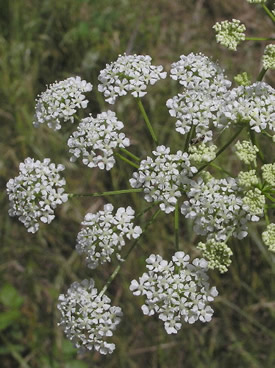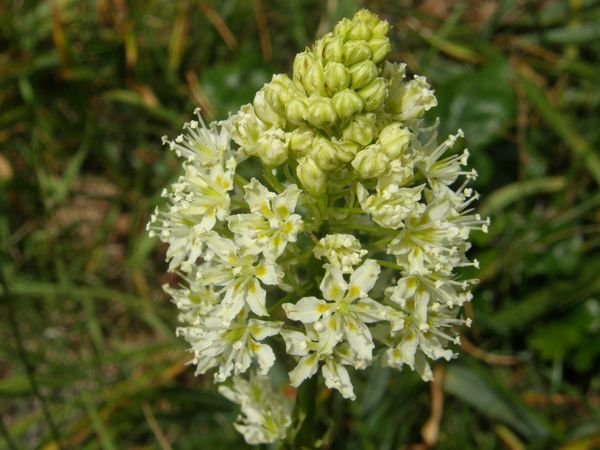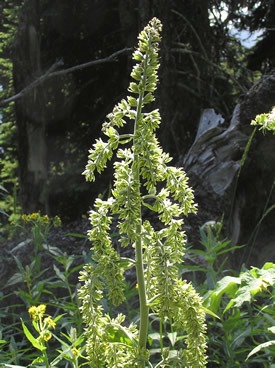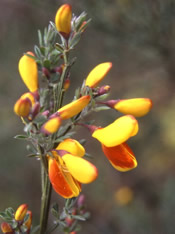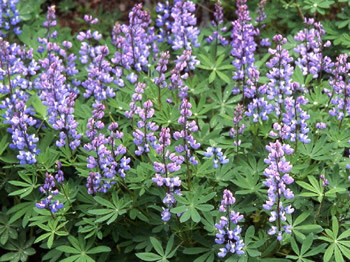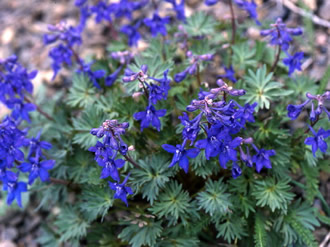| |
A Walk In the Woods - A Look at Poisonous Plants |
| |
In our modern world of supermarkets, no longer is it necessary to dig up roots or grab a handful of wildflower leaves to make a salad! |
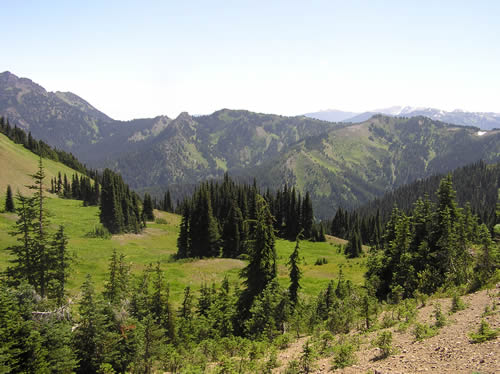 |
In this stroll we travel through the meadows and forests from coastal waters to alpine highlands in search of plants which are attractive and enticing - but deserve caution and awareness. |
| | |
|
|
|
|
Poison Hemlock, Conium maculatum |
__ |
Common Foxglove, Digilatis purpurea |
A number of plants have earned themselves reputations as killers thanks to Agatha Christie and other mystery and crime writers. Hemlock and Foxglove are two of the most common with all parts being poisonous
Poison Hemlock is often mistaken for fennel or parsley.
In ancient Greece, it was used to poison condemned prisoners. |
| |
|
If you wander through the forest, certain deadly plants can lure you with their attractiveness, such as this lily. But do not let its beauty fool you, for this is Death Camas, Zigadenus venenosus, and all parts are toxic and not at all appropriate for the dinner table! |
| |
|
|
|
__ |
|
|
False Hellebore is also known as Corn Lily |
| |
|
|
False Hellebore is a high elevation plant and all parts are poisonous with the roots having more toxins than the upper parts of the plant. The young plant with the swirling leaves is very attractive.
It bares great numbers of green flowers on long tresses. |
|
|
| |
|
|
|
|
As children we learned not to put this or that into our mouths, but children being children, still like to eat a berry or open a seed pod that may resemble something seen in the kitchen. Scotch Broom, Cytisus scoparius, left, and its seed pods in the centre, is a very invasive plant from Europe. That, along with a yellow lupines shrub, right, are two plants that carry their seeds in pods. |
| |
|
The family of lupines carry a large number of blue to purple flowers in the well-known spike formation. They vary from six inches to three feet or more in height. |
| |
|
|
|
| All parts of all larkspur species are poisonous, but new growth and the seeds contain the highest concentrations of toxic substances. |
|
|
| |
|
|
|



